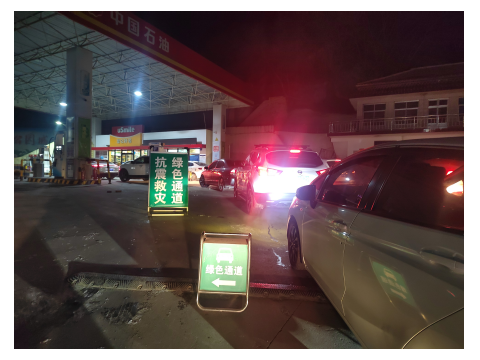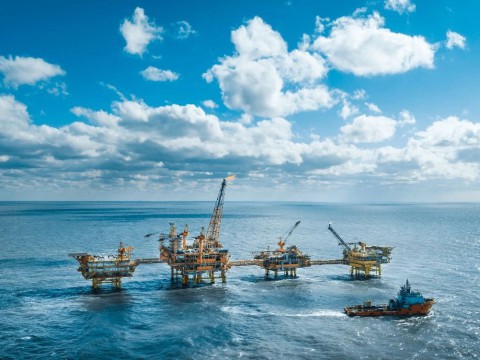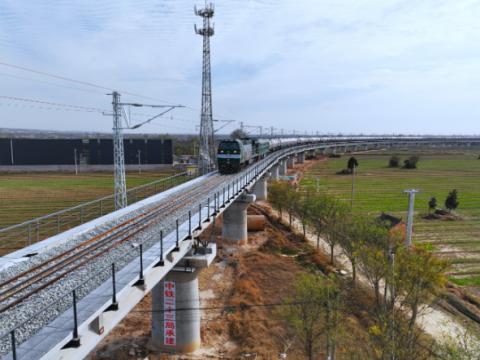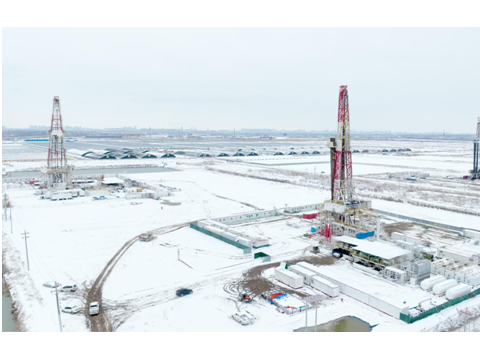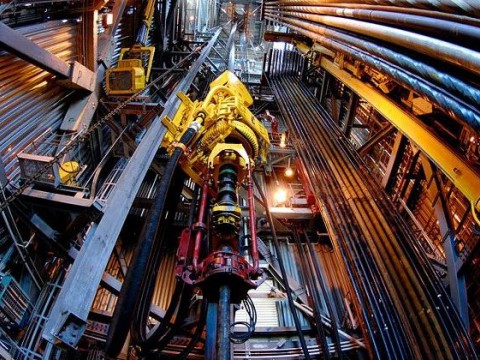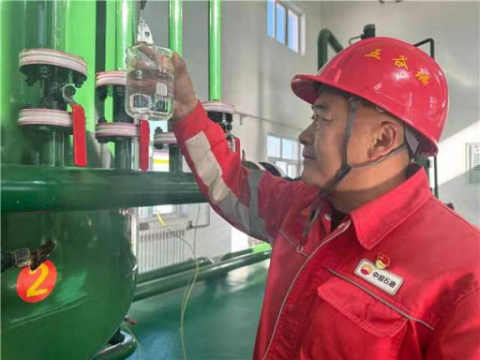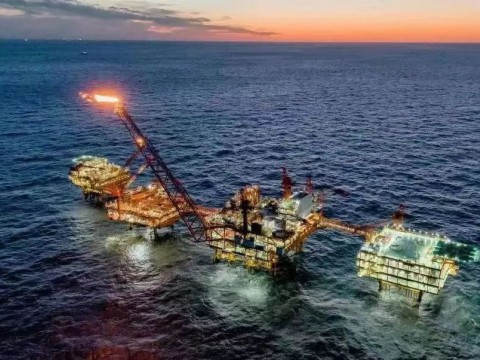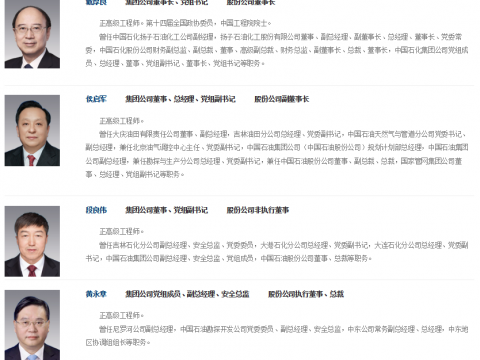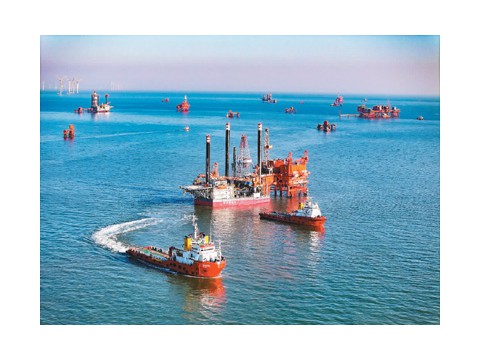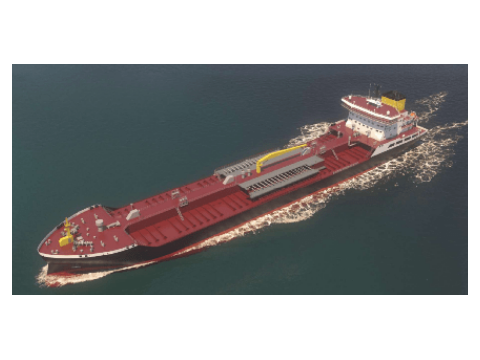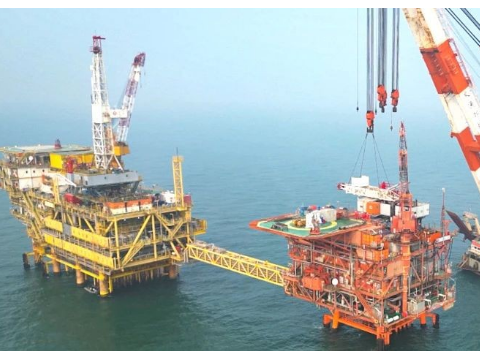据今日石油网报道,今年1月下旬,圭亚那PPP管理部门推出了一项今年26亿美元的预算,这个预算将消耗该国主权财富基金(SWF)中储存的全部资金。 到今年年底,圭亚那SWF将获得9.75亿美元的新石油收入,比去年的余额增加70%。 然而,批评人士声称,圭亚那政府以牺牲可持续存款和代际间财富为代价专注于短期收益。
SWF的前载支出结构并不寻常,尤其是对于一个历史上一直不发达的国家而言。 随着经济的成熟,每年从该基金提款的比例将逐渐下降,上限为上一年存款总额的3%。
更重要的是,要确保石油资金用于创建一个不依赖石油和天然气的多元化、自由市场经济。 要学习如何做到这一点,圭亚那只需看看阿拉伯联合酋长国。
阿联酋是由7个酋长国组成的联邦,包括首都阿布扎比和著名的商业中心迪拜。 这个中东“国家”位于波斯湾,拥有980万居民,每天生产近400万桶原油。 阿联酋是世界上第7大石油生产国,它有足够的原油储量,可以开采100多年。
相比之下,位于大西洋附近的南美国家圭亚那预计到2027年的原油日产量将超过100万桶,约占阿联酋原油总产量的25%。 圭亚那有80万人口,比阿联酋少10倍以上,圭亚那的人均石油产量将以巨大的优势跃居世界首位, 这将把圭亚那的经济转变为一个主要的地区强国。
阿联酋的第一次商业石油发现是在1958年,第一次石油出口始于1962年。 1967年,也就是阿联酋加入欧佩克的同一年,其首都阿布扎比被描述为一个“没有道路、没有电力、只有一所学校”的发展中村庄。 50年后,阿联酋的GDP从140亿美元增长到4110亿美元,成为一个繁荣石油社会的象征,阿联酋精明地管理资源,使以石油为基础的经济多样化。
早在1976年,为了“维持国家的长期繁荣”,阿联酋成立了阿布扎比投资局(ADIA),并有意将经济多元化。 阿联酋现在拥有世界上第二大SWF,估计拥有超过8000亿美元的公共资产。 此外,阿联酋还有另一只SWF穆巴达拉投资公司,该基金成立于上世纪80年代,目标是投资于本地和外国公司。穆巴达拉投资公司总共管理着超过1万亿美元的资产。
相较而言,圭亚那在石油资源管理方面相对领先。 在2015年首次商业石油发现6年以后,圭亚那创建了首只SWF,并已开始投资制造业、贸易和农业等日益增长的非石油行业。 然而,只有在全球范围内具有竞争力,这些行业才会蓬勃发展。
圭亚那的大部分电力来自重质燃料油,使其成为波斯湾地区成本最高、污染最严重的电力之一。为了其非石油行业的繁荣,圭亚那政府将需要推动开发一个300兆瓦的天然气发电厂,该厂将使用最近发现的石油伴生气来降低高达90%的电力成本。 这个天然气项目将是提高这个国家整体竞争力的根本。
圭亚那政府还应与私营部门合作,发展物流中心、更好的道路基础设施和自由贸易区,同时向符合条件的公司提供补贴、税收抵免和政府支持的贷款。 例如,阿布扎比政府为75%的中小企业银行贷款提供担保,拥有40亿美元的研发基金,以帮助私营企业提出创新想法,并为工业企业提供40%的电力折扣。 它的合同也很牢固,为大型外国投资者提供了稳定性。 为了确保一个繁荣的未来,圭亚那应该调整这些政策以适应其自身的发展。
圭亚那也可以使用阿布扎比的《2030年经济愿景》为模式,开始制定正式的经济多样化路线图。 通过使不同行业的收入基础多样化,提高劳动力技能,创造更多的私营部门就业机会(尤其是女性就业机会),阿布扎比的非石油出口从2010年的13%增长到2018年的57%。 目前,圭亚那超过60%的GDP与石油和天然气以外的行业有关,包括制造业、金融服务和贸易。 廉价的电力一直是这种增长的关键基础组成部分。
尽管阿联酋的发展道路不错,但也并非完美无瑕。 像大多数其他的海湾沿岸国家一样,公共部门过度膨胀,薪酬过高,而私营部门则依赖于一种裙带关系体系。 大大小小的合同都由政府控制,这让有政治背景的精英受益,而牺牲了具有创业精神的中小企业的利益。 圭亚那也有类似的特征,但圭亚那可以通过促进建立在自由市场和知识经济基础上的高收入私营部门,在其基础上遏制寻租行为。 这首先要对教育进行大量投资,并为企业创建一个稳定、对投资者友好的监管框架。
阿联酋通过海湾合作委员会推行的区域一体化,对于创造规模经济和贸易效率也很重要。 圭亚那通往大西洋的通道及其新发现的能源资源,将对巴西北部各州具有吸引力,这些州正在努力克服能源不安全和复杂的海上航线。 巴西2022年10月大选的预期赢家与巴西北部各州关系密切,在那里他享有大量公众支持。 在他的总统任期内,他很可能会把圭亚那-苏里南“能源走廊”视为优先发展事项。
区域一体化必须伴随着有竞争力的私营部门、更便宜的电力、自由贸易区、更好的基础设施以及对石油收入的透明使用。 到2030年前,圭亚那的经济将增长500%,圭亚那将回顾这些“早期”的首批石油开采,看看哪些是正确的,哪些是可以改进的。对圭亚那来说, 按照阿联酋制定的路线图制定的经济多样化计划是一条值得庆幸的道路。
李峻 编译自 今日石油网
原文如下:
Will Guyana become the next United Arab Emirates? only time will tell
In late January, the Guyanese PPP administration introduced a U$2.6 billion budget for 2022 where it will consume 100% of the funds stored in its Sovereign Wealth Fund (SWF). By year’s end, the SWF will be replenished with U$975MN in new oil revenues, a 70% increase compared to its 2021 balance. Critics, however, claim that the government is focused on a short-term gain at the expense of sustainable savings and inter-generational wealth.
A front-loaded spending structure for a SWF is not unusual, especially for a country that has been historically underdeveloped. The percentage of annual withdrawals from the fund will gradually decline as the economy matures, being limited to 3% of total deposits made in the previous year. Although the amount spent should not be overlooked, it is fundamental to implement better accountability mechanisms to guarantee transparent spending.
It is even more important to ensure that oil funds are used to create a diversified, free-market economy that is not dependent on oil and gas. To learn how to do this, Guyana should look no further than the United Arab Emirates (UAE).
The UAE is a federation composed of seven different emirates, including the capital city of Abu Dhabi and the famous commercial hub of Dubai. Located in the Persian Gulf, the Middle East “nation” has 9.8 million inhabitants and produces nearly 4 million barrels of crude oil per day (bpd). The UAE is the 7th largest oil producer in the world, and it has enough crude reserves to last more than 100 years.
Comparably, Guyana is a South American country located near the Atlantic Ocean which is expected to produce over 1 MN bpd by 2027, about 25% of UAE’s total output. With a population of 800,000 people, over 10 times smaller than the UAE, the per capita output of oil in Guyana will be the largest in the world—by a wide margin. This will transform its economy into a major regional powerhouse.
The UAE’s first commercial discovery of oil was in 1958, with first exports starting in 1962. In 1967, the same year it joined OPEC, the capital city of Abu Dhabi was described as a “‘developing village’ that had ‘no road, no electricity’ and ‘only one school.’” Five decades later, the UAE grew its GDP from $14 to $411 billion, becoming a symbol of a prosperous oil society that astutely managed its resources and diversified its oil-based economy.
The deliberate diversification of the UAE’s economy began as early as 1976, when it created the Abu Dhabi Investment Authority (ADIA) to “sustain the long-term prosperity of the country.” It is now the second largest sovereign wealth fund in the world, with over $800 billion in estimated public assets. It is supplemented by a second sovereign wealth fund, Mubadala, which was founded in the ‘80s with an objective of investing in both local and foreign companies. Together, they have more than $1 trillion in assets under management.
To unbiased observers comparing the two countries, Guyana has a relative head start when it comes to the management of its oil resources. It created its first sovereign wealth fund just six years after its first commercial discovery (in 2015), and it is already investing in growing non-oil sectors such as manufacturing, trade, and agriculture. Nonetheless, these sectors will only thrive if they can be competitive on a global scale.
Most of Guyana’s electricity comes from heavy fuel oil, making it one of the costliest and dirtiest electricity in the region. For its non-oil sectors to prosper, the government will need to move forward with the development of a 300 MW gas-to-power plant, which will use associated gas from its recent oil discoveries to lower the cost of electricity by up to 90%. This gas project will be fundamental in improving the overall competitiveness of the country.
The government should also work with the private sector to develop a logistics hub, better road infrastructure and free trade zones, while simultaneously providing qualifying companies with subsidies, tax credits and government-backed loans. The Abu Dhabi government, for example, guarantees up to 75% of SME bank loans, has a $4bn R & D fund to help private firms come up with innovative ideas, and provides a 40% electricity discount for industrial businesses. It is also ironclad with its contracts, providing stability for large foreign investors. To ensure a prosperous future, Guyana should adapt these policies for its own development.
Guyana could also start developing a formal economic diversification roadmap, using Abu Dhabi’s 2030 Economic Vision as a model. By diversifying its revenue base among different sectors, upgrading the skilled capacity of its labor force, and creating more private sector jobs (especially for women), Abu Dhabi’s non-oil exports grew from 13% in 2010 to 57% in 2018. More than 60% of its GDP is now connected to sectors outside of oil and gas, including manufacturing, financial services, and trade. Cheap electricity has been a key underlying component of this growth.
Although the UAE’s path has been good, it has not been flawless. Like most other Gulf Coast States, the public sector is overinflated and overpaid, while the private sector depends on a system of clientelism and connections. Contracts, both large and small, are controlled by the government, which benefit the politically connected elite at the expense of entrepreneurial SMEs. Guyana has similar traits of patronage, but it can nip rent-seeking at its foundation by promoting a high-paying private sector that is based on a free-market, knowledge-based economy. This begins with heavy investment in education, as well as the creation of a stable, investor-friendly regulatory framework for businesses.
Regional integration, which the UAE pursued via the Gulf Cooperation Council, is also important to create economies of scale and trade efficiencies. Guyana’s access to the Atlantic Ocean and its newfound energy resources will be attractive for northern Brazilian states struggling to overcome energy insecurities and complicated maritime routes. Brazil’s expected presidential winner in October, has a great affinity for Brazil’s Northern states where he enjoys mass public support. During his Presidency, it is likely that he will make the Guyana-Suriname “energy corridor” a priority.
Regional integration will have to be accompanied by a competitive private-sector, cheaper electricity, free trade zones, better infrastructure, and the transparent use of its oil revenues. As Guyana’s economy grows 500% by 2030, it will look back to these “early” days of first oil to see what it did right and what could have been improved. An economic diversification plan, in which it follows the roadmap set out by the UAE, is a path that it will be glad it embarked on.
免责声明:本网转载自其它媒体的文章,目的在于弘扬科技创新精神,传递更多科技创新信息,展示国家科技形象,宣传国家科技政策,增强国家科技软实力,参与国际科技舆论竞争,提高国际科技话语权,并不代表本网赞同其观点和对其真实性负责,在此我们谨向原作者和原媒体致以崇高敬意。如果您认为本网文章及图片侵犯了您的版权,请与我们联系,我们将第一时间删除。









